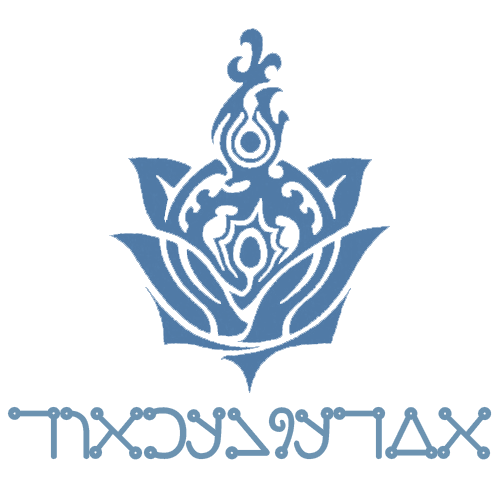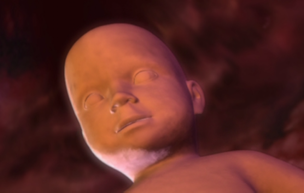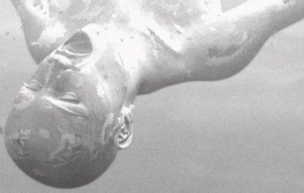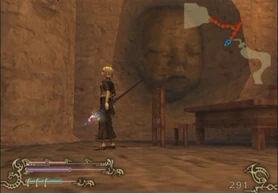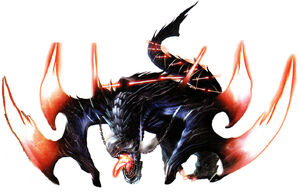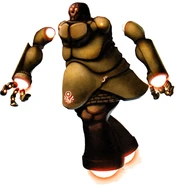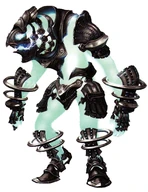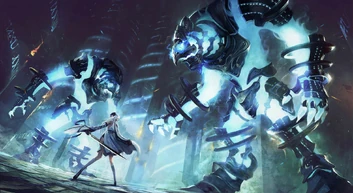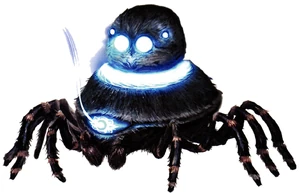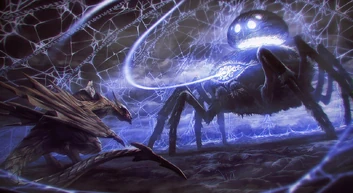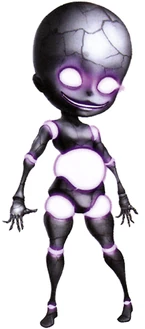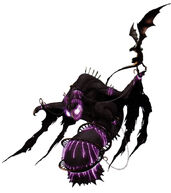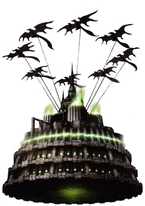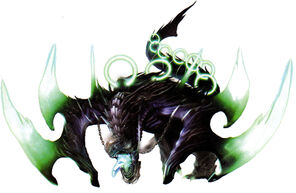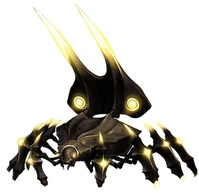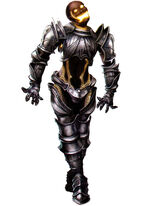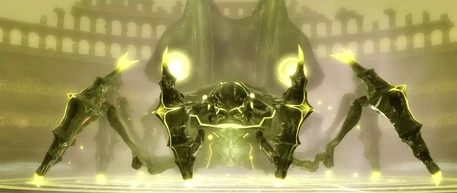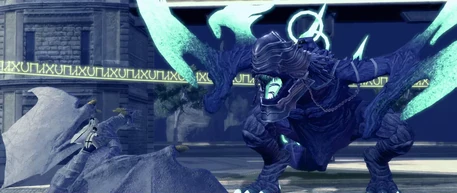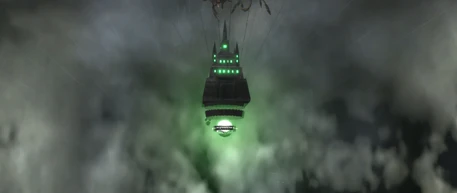m (→Trivia: Further corrections.) Tag: Visual edit |
m (→Trivia) Tag: Visual edit |
||
| Line 67: | Line 67: | ||
==Trivia== |
==Trivia== |
||
*The Watchers are the name of a group of fallen angels (from Greek egrgoroi, "The Watchers") who left heaven to breed with human women. |
*The Watchers are the name of a group of fallen angels (from Greek egrgoroi, "The Watchers") who left heaven to breed with human women. |
||
| − | *The names of the Watchers in ''Drakengard 3'', including Egregori, are angelic names from various cultures. |
+ | *The names of the Watchers in ''Drakengard 3'', including [[Egregori]], are angelic names from various cultures. |
*The Queen-beast is speculated to be the [[Zero]] of that particular timeline having succumbed to the [[The Flower|Flower's]] malice, although her true identity remains unknown. |
*The Queen-beast is speculated to be the [[Zero]] of that particular timeline having succumbed to the [[The Flower|Flower's]] malice, although her true identity remains unknown. |
||
[[Category:Enemies]] |
[[Category:Enemies]] |
||
Revision as of 09:01, 24 December 2014
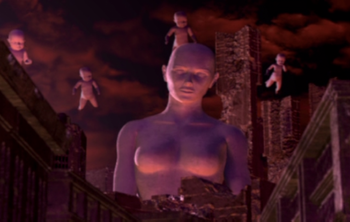
The Queen-Beast accompanied by her Grotesqueries in Drakengard.
| “ | Speak not the Watchers, Draw not the Watchers, Write not the Watchers, Sculpt not the Watchers, Sing not the Watchers, Call not the Watchers' name.
|
” |
The Watchers are a mysterious group of otherworldly beings that feature prominently in Drakengard and Drakengard 3. Throughout the series they have been referred to as Grotesqueries and Daemons, and (erroneously) Nameless, and the Gods. In the original Japanese script, they are called Angels (天使); they are also explicitly called as such in Drakengard 3. They are led by the Queen-beast, also known as the Grotesquerie Queen. They were created as the servants and agents of the gods, being their instruments in destroying humanity.
During the age of the Intoners, an Intoner and her disciple could combine their powers to summon them from the great beyond. Each Intoner and disciple had a different appearance, ability and summoning pact for their respective angel. A disciple could choose to summon them without the support of their Intoner at the cost of losing their human sentience.
They are an object of worship for the Empire, who are governed by the Cult of the Watchers. The Watchers display various divine abilities throughout the course of the series. It is clear they are able to possess the weak minded, as they did when Inuart realized how weak he truly was. Also, Manah herself is possessed due to her longing for her mother's affection. This possession can be long-lasting or short term, depending on the host. For example, when Inuart saw that Furiae had killed herself, he immediately broke free from their hold. However, with Manah, 18 years after the cult falls, The Watchers still possess a hold on her, and it takes the aid of Nowe to help her break free of their control.
Their primary goal is the breaking of the seals and the destruction of the human race, which they are doing for their leader and maker.
The meaning of the Cult of the Watchers' commandments is not that it would be sacrilege to depict the Watchers, but rather that even doing nothing, belief (or rather, infection) will naturally spread.
One of the many forms they can take is that of giant humanoid infants, with electrical wings and sharp teeth.
Gallery
Trivia
- The Watchers are the name of a group of fallen angels (from Greek egrgoroi, "The Watchers") who left heaven to breed with human women.
- The names of the Watchers in Drakengard 3, including Egregori, are angelic names from various cultures.
- The Queen-beast is speculated to be the Zero of that particular timeline having succumbed to the Flower's malice, although her true identity remains unknown.
